What fruits to eat in MA? These 6 fruits have historical roots!
MA is home to fruits with deep roots in the state’s agricultural and cultural history! This article focuses on the heritage of six fruits: cranberries, apples, pears, grapes, plums, and strawberries, as well as a note on their peak seasons and picking tips.
Whether you’re exploring area orchards, harvesting beach plums along the coast, or searching for fresh seasonal produce at your local markets, this guide will help you make the most of MA’s seasonal fruit bounty.
Cranberry (Mid-September to November)
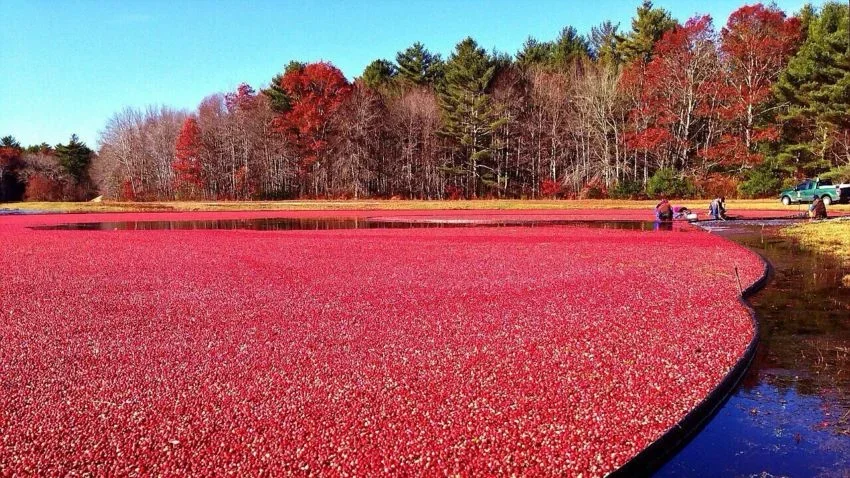


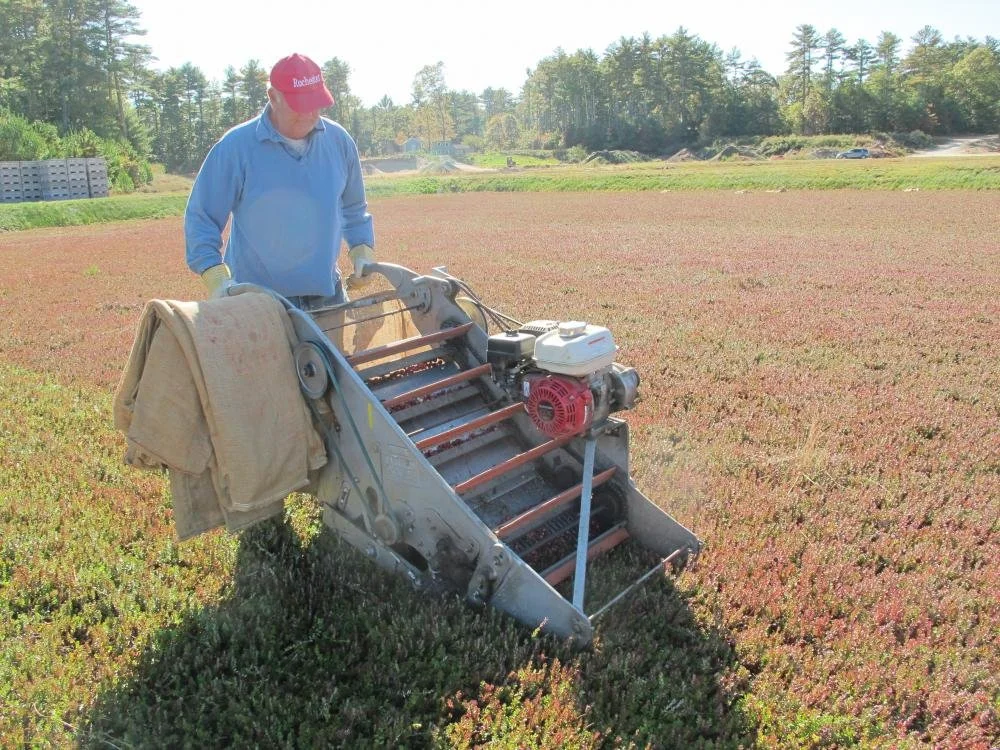


Southeastern Massachusetts (Cape Cod and its surroundings) is the birthplace of the commercial cranberry industry and home to the A.D. Makepeace Company, the world's largest cranberry grower. As the state’s No. 1 food crop, it’s only fitting that the cranberry is the official state berry. Harvest unfolds in two distinct ways, depending on the berry’s final use. The Wet Harvest is the most iconic - bogs are deliberately flooded, and water reels stir the vines, releasing the berries, which float to the surface for easy collection. These water-harvested cranberries, often from the Early Black variety, are primarily processed into juices, sauces, and dried products. In contrast, the Dry Harvest keeps the bogs unflooded, and berries are collected by hand scoop or mechanical picker, typically from the Howes variety. These are the premium cranberries that are sold fresh in markets.
How to pick: Gently pull deep red, firm, and plump berries from the vine, making sure the skin is glossy and smooth. Use the "bounce test" to ensure they are firm; a fresh berry will bounce if dropped.
Apple (Mid-September to October)



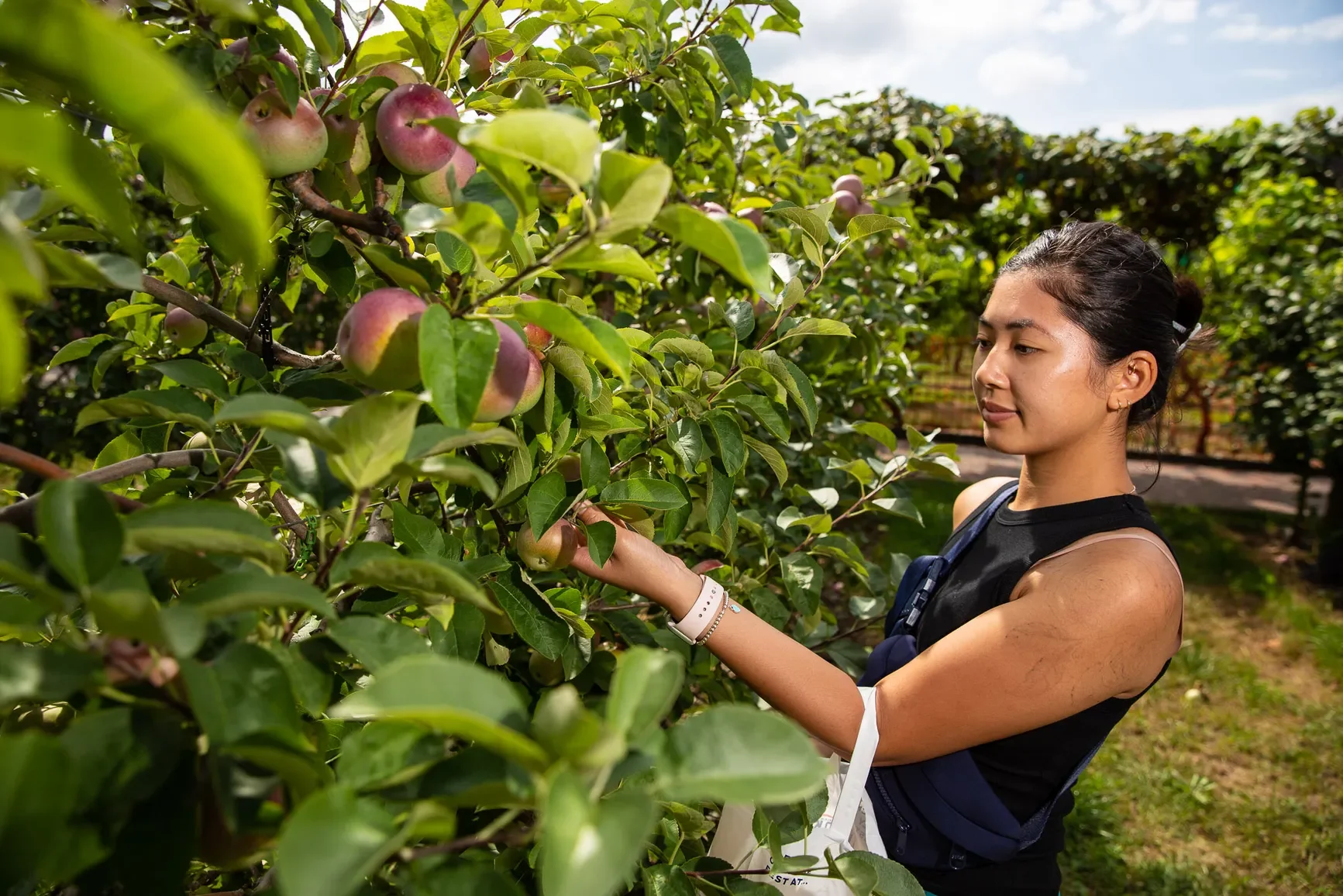

The first apple orchard in the US was planted in 1625, in Boston’s Beacon Hill - yes, exclusive and expensive Beacon Hill once had humble roots! With a history like this, you can bet that apple-picking is absolutely a thing here in MA, and there are a ton of apple orchards in the state. Also, at least four heirloom apples are named after MA towns where they originated or were popularized: the Roxbury Russet from Roxbury, Hunt Russet from Concord, Porter from Shelburne, and last but not least, the Baldwin, which was discovered in Wilmington, but named after Colonel Baldwin of Woburn, who helped promote the apple throughout New England. The Baldwin apple can still be found in some heirloom orchards today. Though not as popular as the modern cultivars like the Honeycrisp, a bite into these is a great reminder of heritage.
How to pick: Look for one that is firm to the touch, has a vibrant, even color, and smells pleasant and sweet. The apple should also feel heavy for its size, indicating that it is juicy, and have smooth, blemish-free skin with no soft spots, bruises, or cuts.
Pear (Late August to Late October)





The oldest (~400 y.o.!) living cultivated fruit tree in North America is believed to be the Endicott Pear Tree (a European Pear), which today sits in the backyard of Mass General Hospital in Danvers, MA. Among European pears grown today, the Bartlett pear stands out as the most popular and can commonly be found in supermarkets. This pear was previously known to the British as "Williams", but was later renamed by Enoch Bartlett, a nurseryman from Roxbury, MA. Barletts are known for their sweet, mildly tart flavor and smooth, buttery flesh. To enjoy them at their best, pick Bartlett pears firm between August and October and allow them to ripen off the tree until they yield slightly near the stem.
How to pick: The pear's texture should be firm, with a faint green to yellow color shift. Press the pear gently against the stem; if it yields visibly, it's ready to be picked. Pears have the best flavor off the tree, so let them ripen at room temperature.
Grape (Late August to Late October)


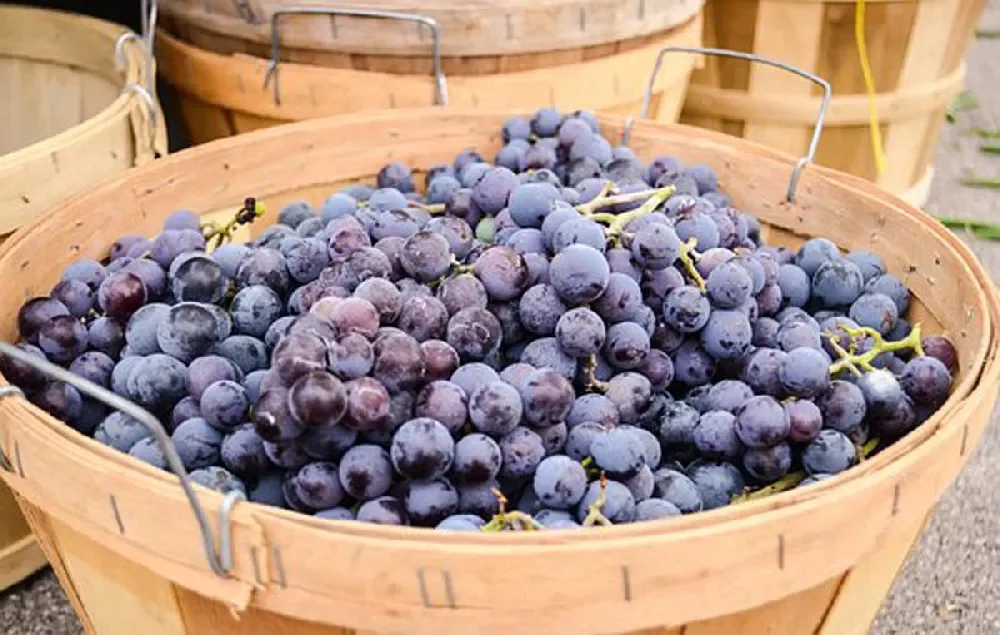


Nothing says local pride like the iconic Concord grape, cultivated in 1849 by Ephraim Bull right here in - you guessed it, Concord! Today, it's the classic flavor that people recognize in grape jellies and... Welch's® Fruit Snacks. Having a Concord grape is an experience in itself: you would gently squeeze the grape to pop the pulp into your mouth, suck out the flavorful flesh, then spit the seeds and discard the skin. Avoid if you're a neat eater who prefers to simply pop grapes into your mouth without dealing with seeds.
How to pick: Wait until the globes are dark purple and plump, with a natural waxy bloom.
Plum (August to September)

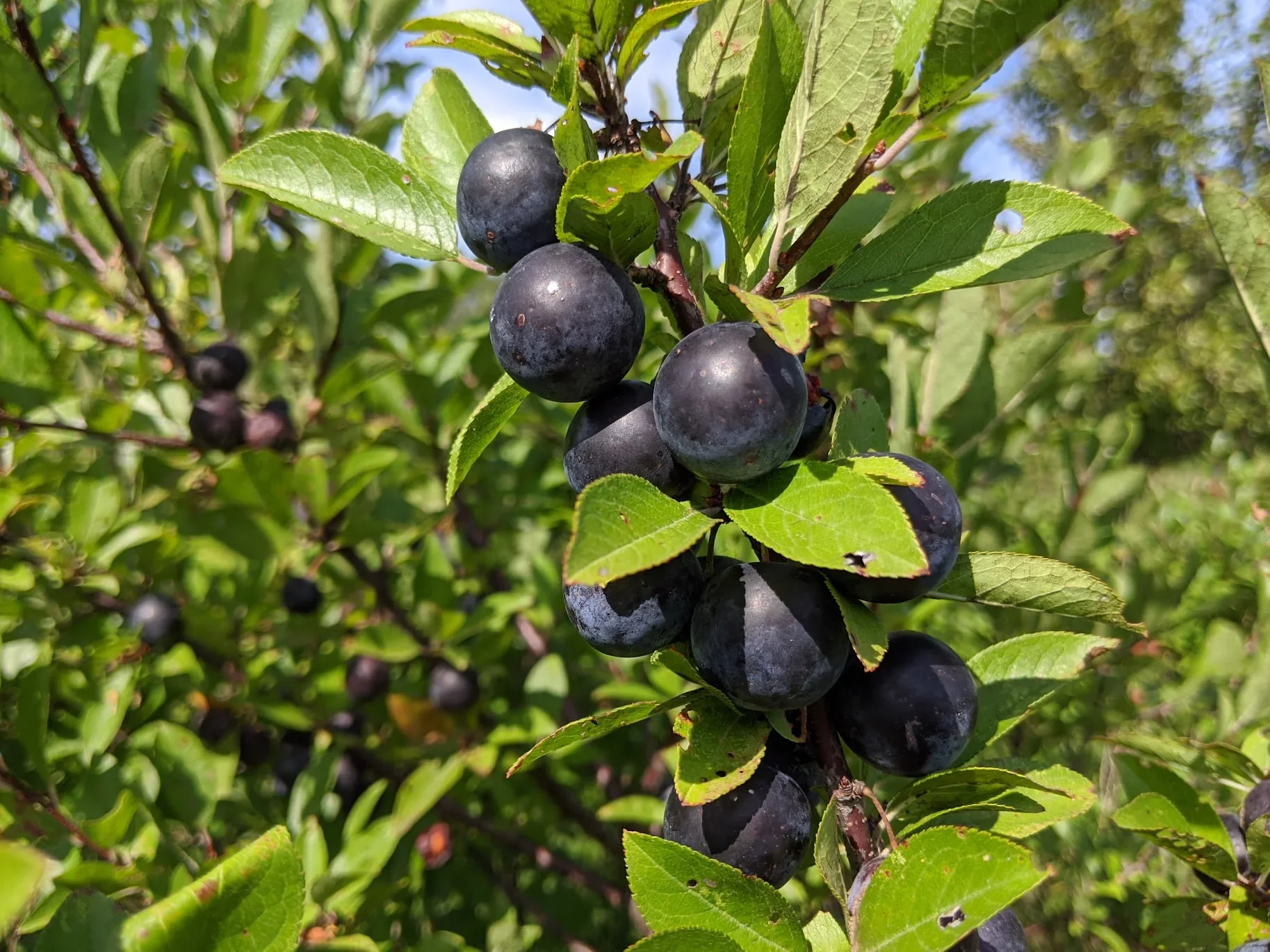
The beach plum is native to coastal areas of MA and can be found across Cape Cod, Martha’s Vineyard, Nantucket, and Plum Island. Unlike store-bought plums, beach plums are small, about the size of a grape or a large blueberry.
Plum Island, so named due to its ample beach plums growing on dunes, is open for beach plum harvesting between late July to early September. You'll need a Parker River National Wildlife Refuge permit (As of 2025, permits are free and may be obtained at the refuge headquarters and the visitor center. Pickers are limited to one quart of beach plums per day.) as the plants are protected parts of the fragile coastal ecosystem. Pick them when they're at their peak, and they'd be best enjoyed as jam, preserves, or baked goods. If you're interested in learning how to make your own, private jam classes are available.
How to pick: Look for the dusty, white coating called "bloom"; plums that retain their bloom are usually fresher and have been handled less. Choose ones with a slight give when gently pressed, but avoid any that are mushy or shriveled.
Strawberry (Late May to June)




Today's modern variety of strawberries comes from the first American hybrid, the Hovey, which Charles Hovey developed in Cambridge in 1834! Strawberries hit their peak in the warmer days of late spring, when long, sunny days and warmer soil temperatures help the berries to ripen fully, revealing their natural sweetness and aroma. For the best local varieties, head to farm stands and look for Jewel, Seascape, or Earliglow.
How to pick: Select berries that are completely red all the way to the top and avoid berries with white or green tips, as they will not ripen after picking
